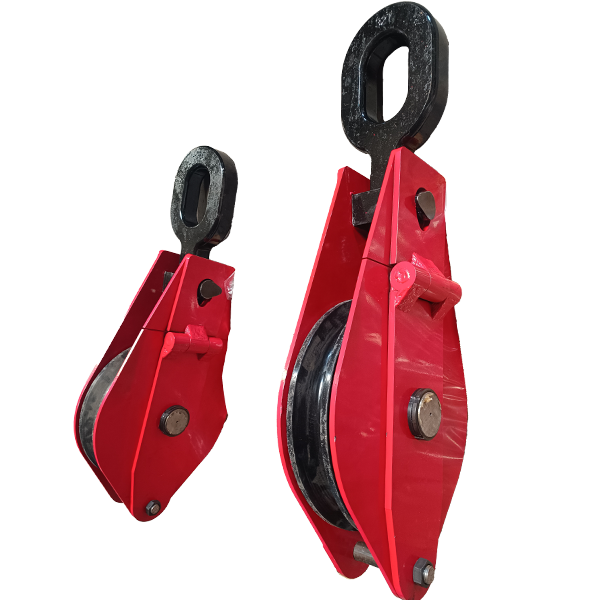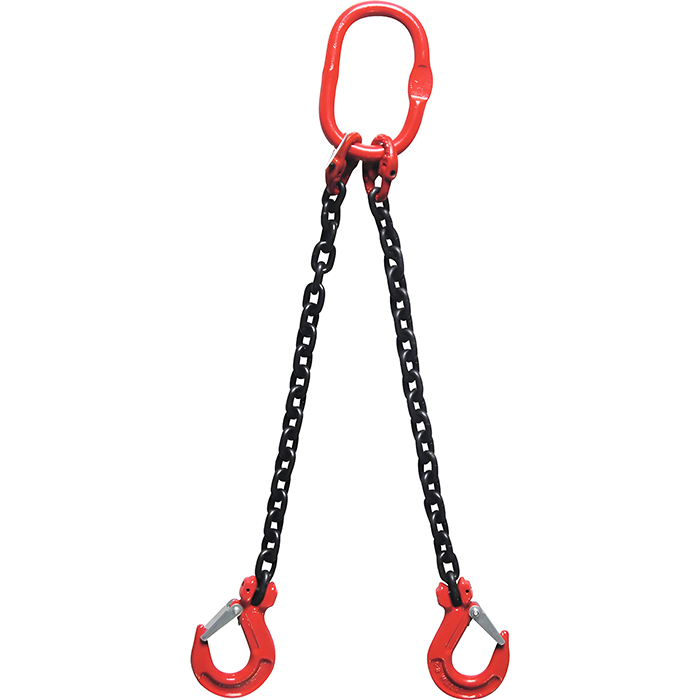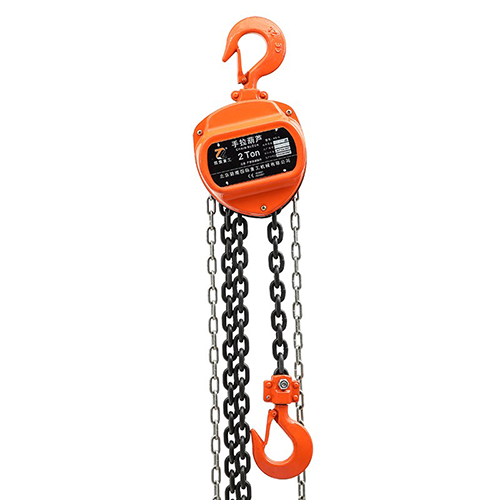Mastering Speed Control in Hand Chain Hoists: Ensuring Safe and Smooth Lifting Operations
Hand chain hoists are essential tools for controlled material handling, but improper speed management during lifting can lead to cargo damage, chain failure, or safety hazards. Achieving uniform lifting speed is critical to maintaining operational safety and equipment longevity. This article explores the principles of speed control in hand chain hoists, emphasizing operator techniques, acceleration/deceleration best practices, and safety protocols.
The Importance of Speed Control
A hand chain hoist’s performance hinges on precise speed regulation. Sudden accelerations, abrupt stops, or excessive force can strain mechanical components, destabilize loads, or cause collisions. Operators must master the following principles to ensure smooth operations:
Techniques for Uniform Speed Control
Handle Force Management
Gradual Engagement: Apply steady, measured force to the handle. Excessive pressure accelerates the hoist, risking uncontrolled movement.
Consistent Rhythm: Maintain a rhythmic pulling motion to achieve a steady lifting pace. Avoid erratic or jerky movements.
Load Awareness
Monitor the load’s weight relative to the hoist’s rated capacity . Even within limits, uneven weight distribution can destabilize the system.
Optimal Acceleration and Deceleration Practices
Effective lifting requires gradual transitions between motion states:
Initial Lift (Uniform Acceleration):
Start with slow, incremental pulls to gently disengage the load from its support. This prevents sudden shocks that could destabilize heavy objects.
Mid-Lift Stability:
Sustain a constant speed during transit. Avoid abrupt changes to minimize load swinging or chain slippage.
Final Placement (Uniform Deceleration):
Gradually reduce handle force as the load nears its destination. Sudden stops risk overloading brakes or causing the load to collide with structures.
Safety Considerations for Operators
Training and Experience
Operators must undergo certified training to understand hoist mechanics, load dynamics, and emergency procedures.
Practice in low-risk scenarios to build familiarity with speed control and load behavior.
Pre-Lift Inspections
Check chains, brakes, and load hooks for wear or damage before operation.
Verify the load’s center of gravity to prevent imbalance.
Emergency Protocols
If unexpected vibrations, noises, or speed fluctuations occur, halt operations immediately . Inspect the hoist and address issues before resuming.
Why Uniform Speed Matters
Load Protection: Steady motion prevents scratches, drops, or structural damage to cargo.
Equipment Longevity: Reduced strain on gears, chains, and brakes extends service life.
Operator Safety: Predictable movement minimizes the risk of accidents caused by load instability.

Mastering speed control in hand chain hoists is a skill that combines technical knowledge and practical experience. By adhering to uniform acceleration/deceleration techniques, maintaining focus on load dynamics, and prioritizing safety protocols, operators can ensure efficient, risk-free lifting operations. For further guidance, consult industry experts or manufacturers like Beijing LieYing Group , who provide specialized training and equipment solutions.





